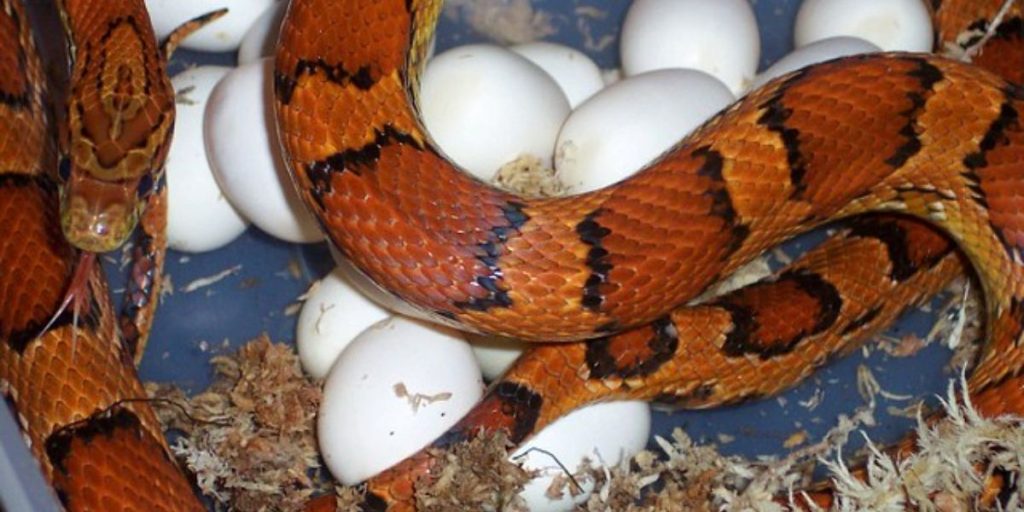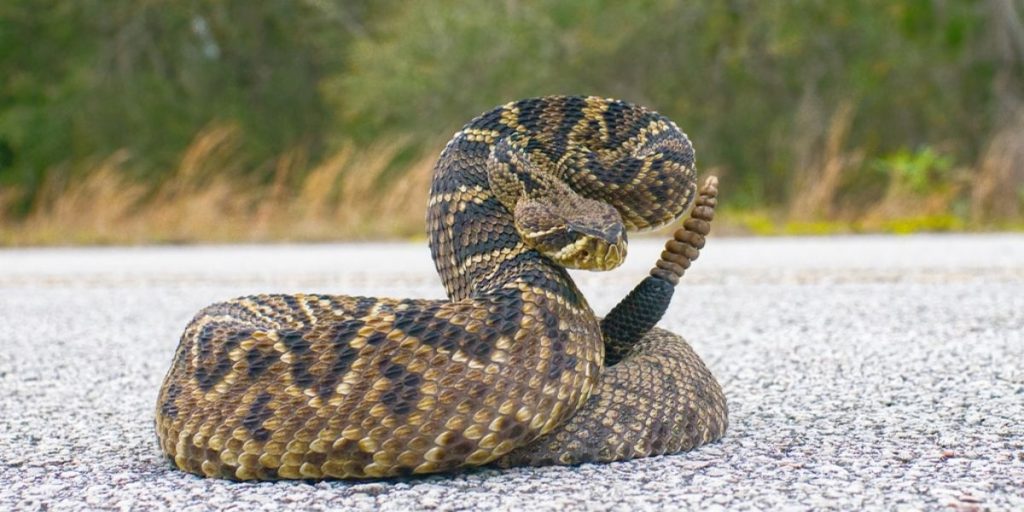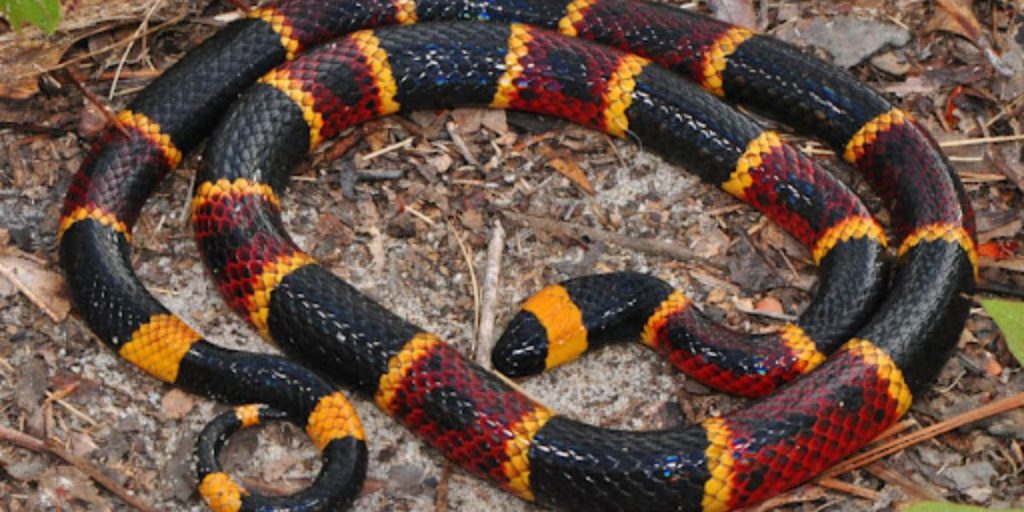Discover Florida’s most snake-infested location as we guide you through the Everglades snake species. Are you aware that Florida has over 50 snake species, 23 of which live in the Everglades alone?
That is over half of Florida’s snake population concentrated in one place, so join us as we explain this phenomenon.
The most snake-infested area in Florida:
The Everglades is a massive subtropical wetland in southern Florida. It is home to a variety of animals, including alligators, crocodiles, turtles, and, of course, snakes.
Many different varieties of snakes live in the Everglades, resulting in a snake infestation in the area. Snakes that live in the Everglades include the eastern diamondback rattlesnake, cottonmouth, copperhead, coral snake, and water moccasin.
Snakes thrive in the Everglades due to its warm environment and quantity of food. As a result, it is regarded as the most snake-infested location in Florida. So, if you live near a snake-infested area, it’s important to understand which snakes are non-venomous and which are lethal.
Non-Venomous Everglades Snakes
Nineteen of the 23 Everglades snakes are non-venomous. Snakes help manage rodent and invertebrate populations. This regulation maintains nature’s balance. Some snakes are native, but others were introduced and became invasive.
Non-venomous Everglades snakes include the corn snake, garter snake, and southern black racer. Nonaggressive snakes only bite when threatened. You should still learn about Florida’s most snake-infested area and how to identify toxic and harmless snakes.
Guttata Corn Snake

The corn snake is a southern US rat snake subspecies. Corn snakes are orange or red with black-and-white stripes.
These non-venomous snakes usually 4–6 feet long, although some can reach 8 feet. Corn snakes are gentle and easy to care for, making them popular pets. These snakes devour mice, rats, birds, and other small animals.
Eastern Garter Snake (Thamnophis Sirtalis)
Eastern garter snakes are also non-venomous. Its body stripes give it its name. Brown or green, these snakes grow to 2–4 feet.
Eastern garter snakes are shy and hide under grass or rocks. Eastern garter snakes reside near ponds and streams and are active during the day.
Southern Black Racer (Priapus constrictor)
The Southern black racer (Coluber Constrictor Priapus) is a southeastern US subspecies of the common black racer. This non-venomous racer inhabits forests, wetlands, and cities throughout the region.
They look like black racers but are smaller and dark grey or black with no patterning. They help the ecosystem by eating rats and other tiny animals.
Dangerous Snakes Mean Everglades Snake-Infested Areas
Four venomous snakes live in the Everglades: the eastern diamondback, dusky pigmy, cottonmouth, and coral snake.
All these snakes can inflict serious harm or death, therefore living near a snake-infested area like the Everglades requires knowledge of them.
Eastern Diamondback (Crotalus Adamanteus)

One of the largest snakes in North America, the Eastern diamondback rattlesnake is venomous. It has diamond-shaped markings, dark brown or black bands, and brown or reddish-brown hue. The longest reported rattler was 3.05 meters (10 ft). Adults average 1.8 to 2.4 meters (5.9 to 7.9 ft).
Sistrurus Miliarius Barbouri—Dusky Pigmy Rattlesnake
Dusky pigmy rattlesnakes are vipers (Viperidae) and closely related to pygmy rattlesnakes (Sistrurus miliarius). Small snake, 12–20 inches long. Its body has darker crossbands and is dark brown or black. Cream to white snake undersides are typical.
Florida Cottonmouth (Agkistrodon Piscivorus Conanti)
Large Florida cottonmouths average 3 to 4 feet long, but some can exceed 6 feet. Heavy-bodied Florida cottonmouths with robust tails. Their color varies, but they are usually brown or black with dark body bands and a white mouth, earning the term “cottonmouth.” It lives around lakes, rivers, and marshes as a semi-aquatic snake.
Eastern Coral Snake (Micrurus Fulvius)
The eastern coral snake’s strong venom makes it one of the most poisonous snakes in the US. The average adult snake is 2–3 feet long. This thin snake has black, red, and yellow bands on its body and a tiny head with oval pupils.

Discover Florida’s Most Snake-Infested Area and Why…
Smithsonian Magazine published a wonderful article about living near a snake-infested area during the Everglades Burmese python invasion.
Their title, ‘The Snakes That Ate Florida,’ best describes the awful situation.
A quote from a 2019 article by reporter Ian Frazier sums well the situation well:
“Now there’s a strange quiet. In Everglades National Park campsites, raccoons don’t rattle trash can lids at 4 a.m. Walking by on hiking paths doesn’t scare marsh bunnies. Tires don’t squeal when someone stops to escape a headlight-wrapped opossum in the road.
Roadkill, once common in this wildest area of Florida, is gone. Burmese pythons have eaten raccoons, marsh rabbits, opossums, and other tiny, warm-blooded species.